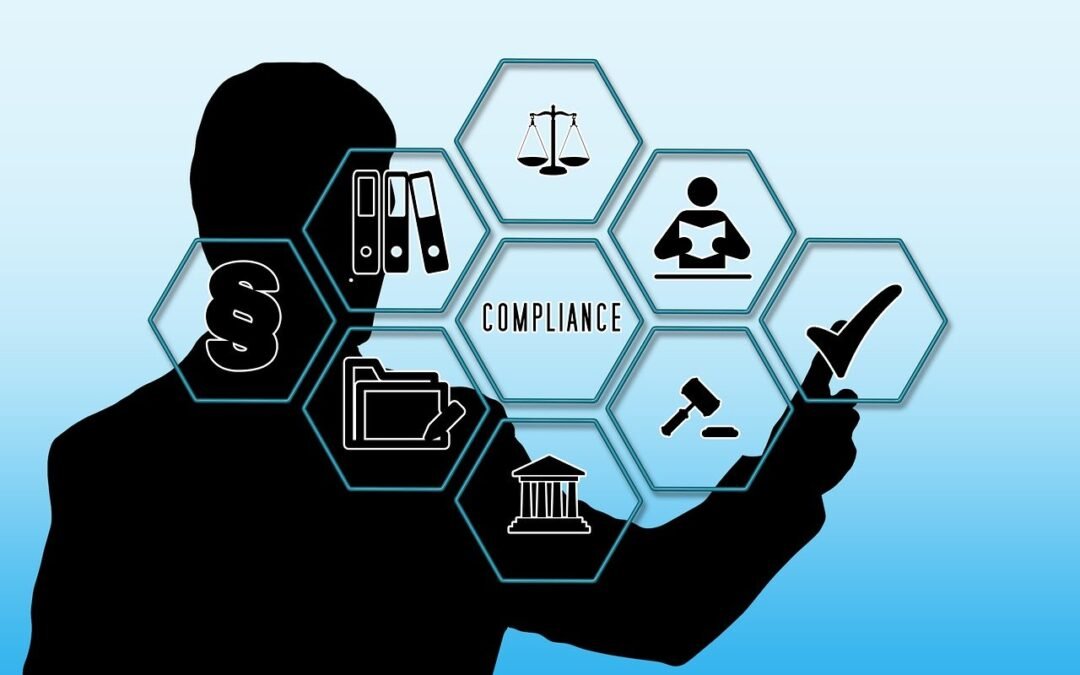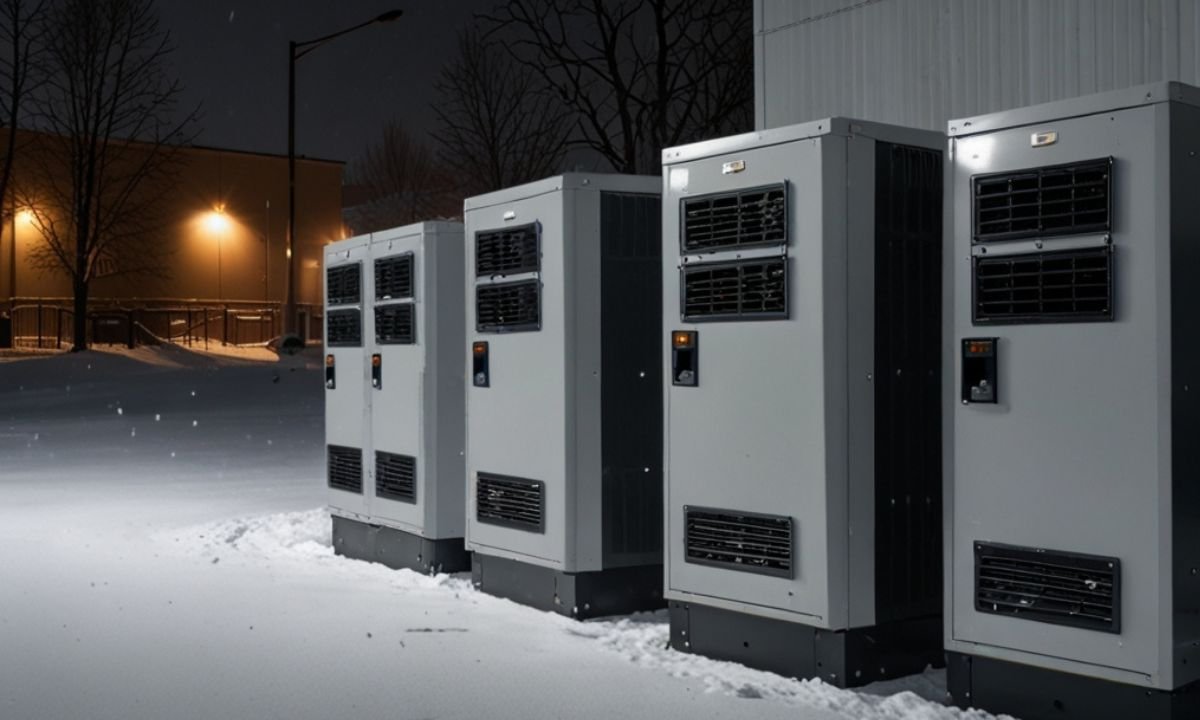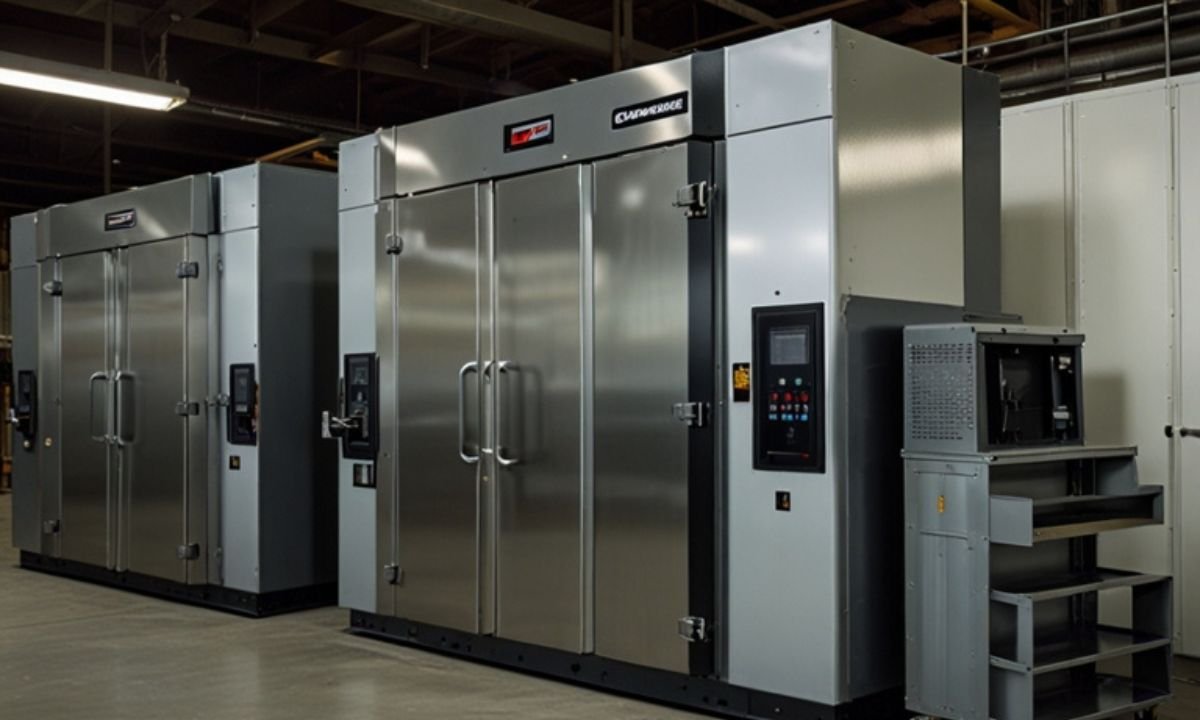Some businesses feel confident going into a CMMC assessment—until they realize they’ve overlooked a critical compliance requirement. It’s not always the obvious security controls or policies that cause trouble. More often, it’s the technical and procedural gaps that don’t seem like a big deal until the audit reveals their impact.
Are Your Audit Logs Actually Retained for the Required Duration?
Many organizations assume their audit logs meet CMMC compliance requirements simply because logging is enabled. However, CMMC Level 2 requirements go beyond just turning on logging features. Logs must be retained for at least 90 days in active storage and up to a year for review. The real issue? Many businesses don’t have proper log retention settings configured, making them noncompliant without realizing it.
Another challenge is log integrity. Even if an organization retains logs, they must be protected from unauthorized modification. If logs can be altered or deleted without a trace, they won’t meet CMMC requirements. Security teams need to verify that logs are securely stored, properly timestamped, and accessible only to authorized personnel. Without a well-documented logging process, companies risk failing the CMMC assessment due to incomplete or tampered records.
Encryption Standards That Don’t Fully Protect Controlled Unclassified Information
Encryption is a major compliance hurdle because not all encryption methods meet CMMC Level 2 requirements. Many companies encrypt sensitive data but fail to use FIPS-validated encryption algorithms, which are required for protecting Controlled Unclassified Information (CUI). This oversight leads to a failed CMMC assessment, even if encryption is technically in place.
Another common issue is inconsistent encryption practices. Some companies encrypt data at rest but not in transit, leaving a gap in security. Others encrypt internal storage but forget to secure backups or removable media. CMMC compliance requirements demand a comprehensive encryption strategy that protects data throughout its lifecycle. Without this, sensitive information remains vulnerable, and compliance efforts fall short.
Poorly Defined Access Controls That Allow Unauthorized Data Exposure
Access control issues are among the top reasons businesses struggle with CMMC Level 2 requirements. Many assume their existing access policies are strong enough—until an assessment reveals inconsistencies. The problem often lies in overly broad permissions, outdated user roles, or shared accounts that don’t meet compliance standards.
CMMC compliance requirements mandate strict access control measures, including least privilege access. Every user should have only the permissions necessary for their job, nothing more. This means conducting regular user access reviews, enforcing multi-factor authentication, and ensuring administrators have separate, secured accounts. Companies that overlook these details risk unauthorized access to CUI, which can lead to an immediate compliance failure.
Incident Response Plans That Look Good on Paper but Fail in Practice
An incident response plan is a key requirement under CMMC Level 2, but many companies don’t test theirs until an audit—or a real security event—exposes its weaknesses. A plan that exists only in a document isn’t enough. It must be actionable, with clear roles, responsibilities, and response steps that teams practice regularly.
One of the most overlooked aspects of incident response is evidence collection. CMMC compliance requirements emphasize the need for proper logging and forensic data to investigate security incidents. If an organization can’t provide detailed evidence of how an incident was handled, it may fail its CMMC assessment. Regular tabletop exercises and real-world simulations help ensure the plan works when it matters most.
Supply Chain Security Oversights That Create Compliance Liabilities
Supply chain security is a hidden compliance risk that many businesses don’t consider until it becomes a problem. Companies often focus on their internal controls while ignoring third-party vendors who have access to CUI. If a contractor or supplier fails to meet CMMC Level 2 requirements, it can put the entire organization’s compliance at risk.
Vendor risk assessments are a crucial part of CMMC compliance requirements. Businesses must ensure that their suppliers follow the same security standards, implement proper access controls, and handle data securely. Without a formal process to vet and monitor third-party security practices, companies leave themselves vulnerable to breaches and compliance failures.
Why Continuous Monitoring Is the Compliance Hurdle Most Organizations Underestimate
Many businesses assume that once they implement security controls, their job is done. However, CMMC Level 2 requirements demand continuous monitoring to detect and respond to security threats in real-time. This is where most organizations struggle—they don’t have automated monitoring systems in place, or they rely on manual processes that don’t scale.
Without continuous monitoring, security gaps can go unnoticed until an assessment or, worse, a cyber incident reveals them. CMMC compliance requirements call for proactive detection of unauthorized access, system anomalies, and suspicious activities. Businesses must invest in tools that provide real-time visibility, generate alerts, and ensure security controls remain effective over time. Compliance isn’t a one-time effort—it’s an ongoing process that requires constant attention.










